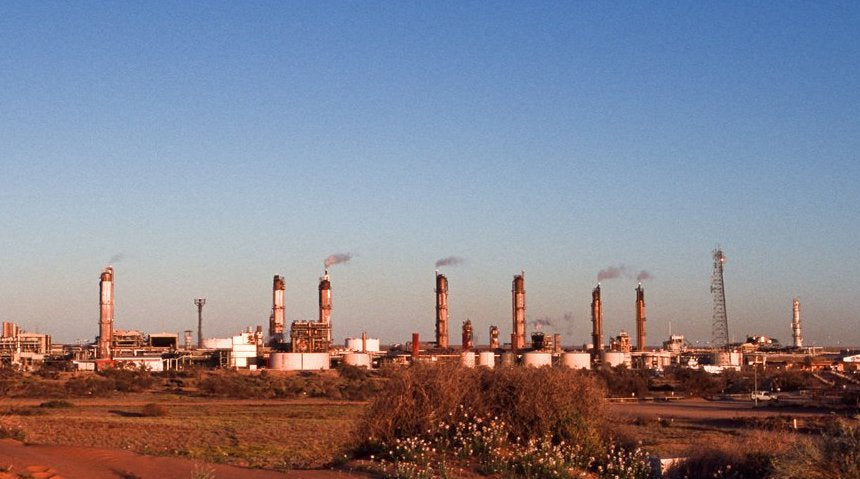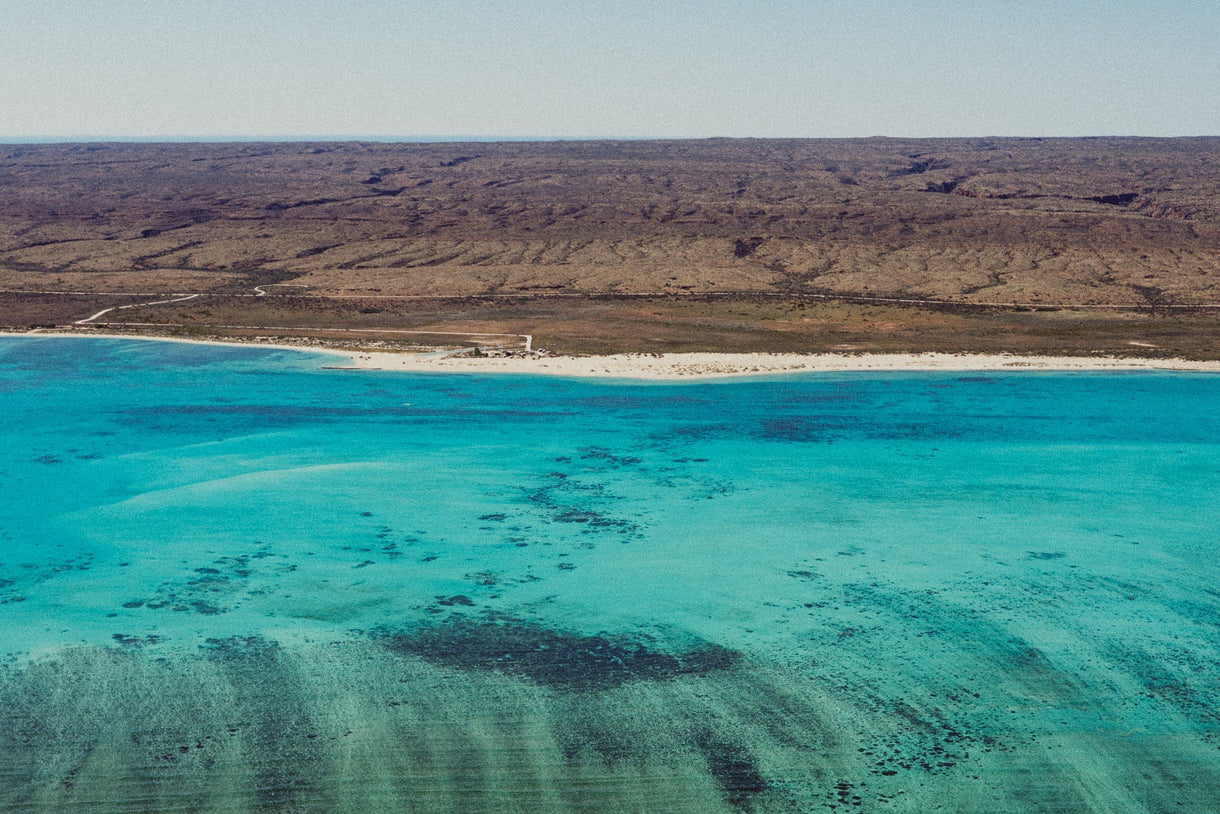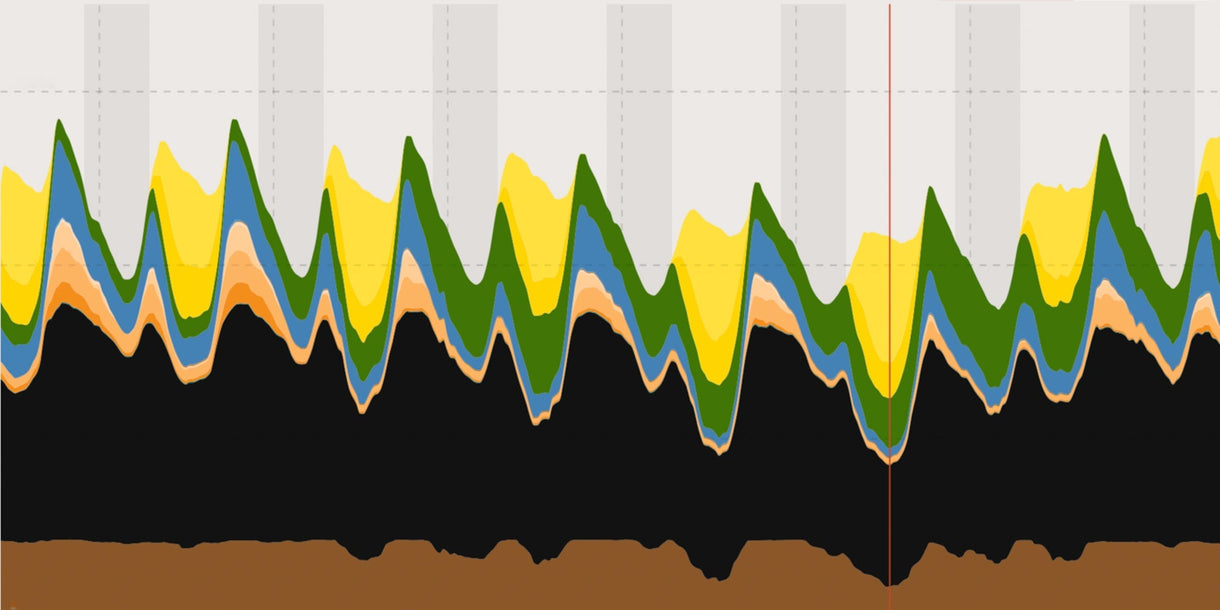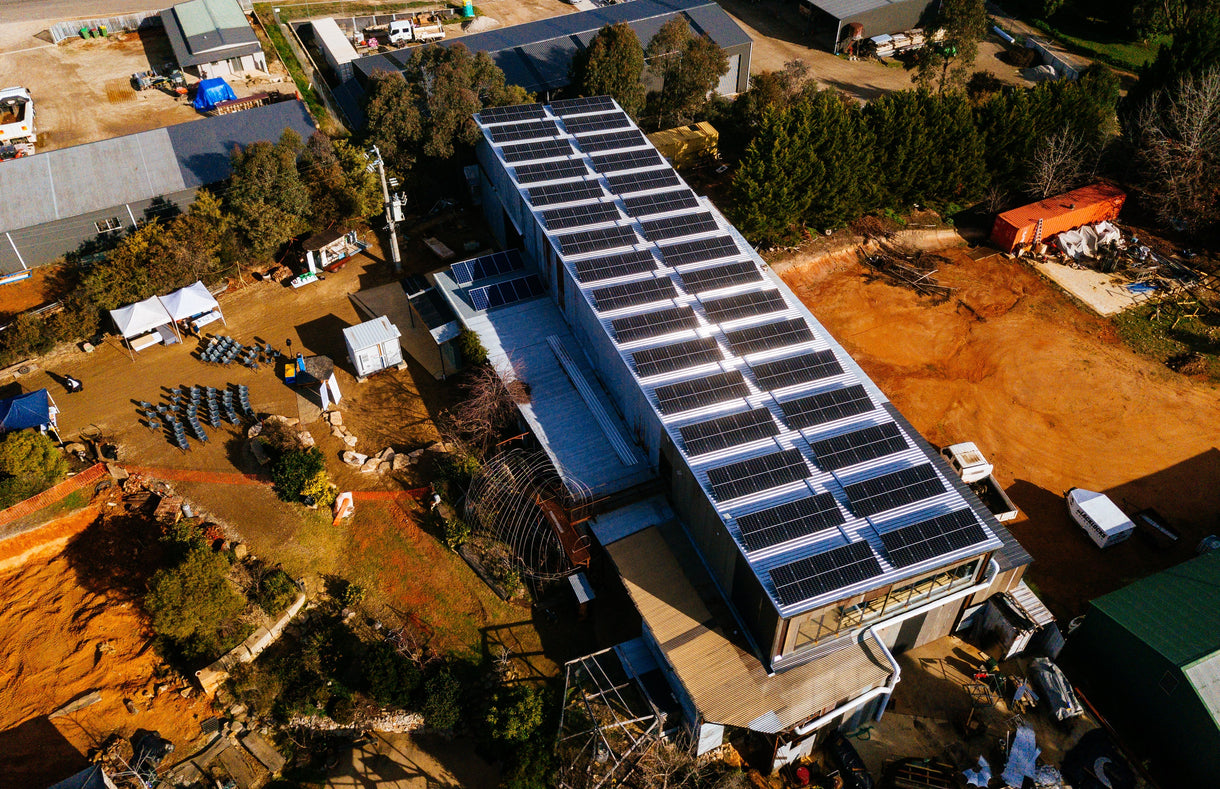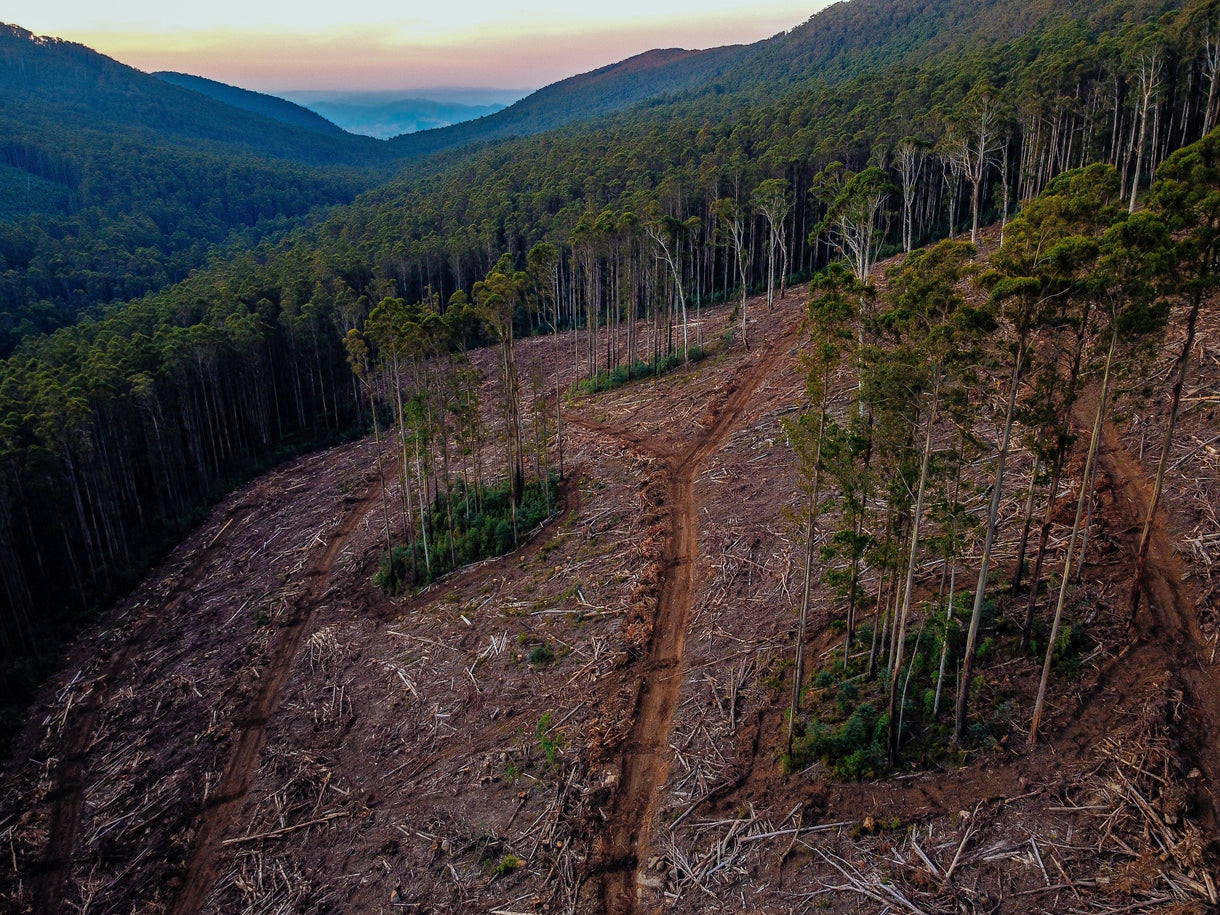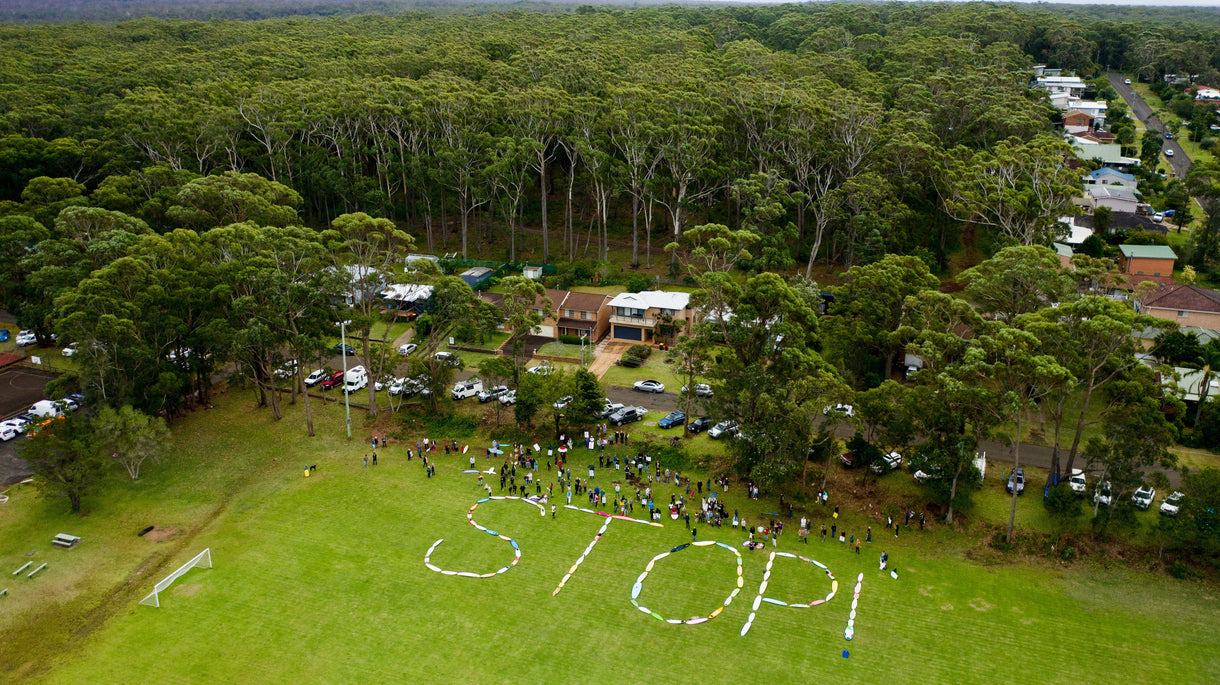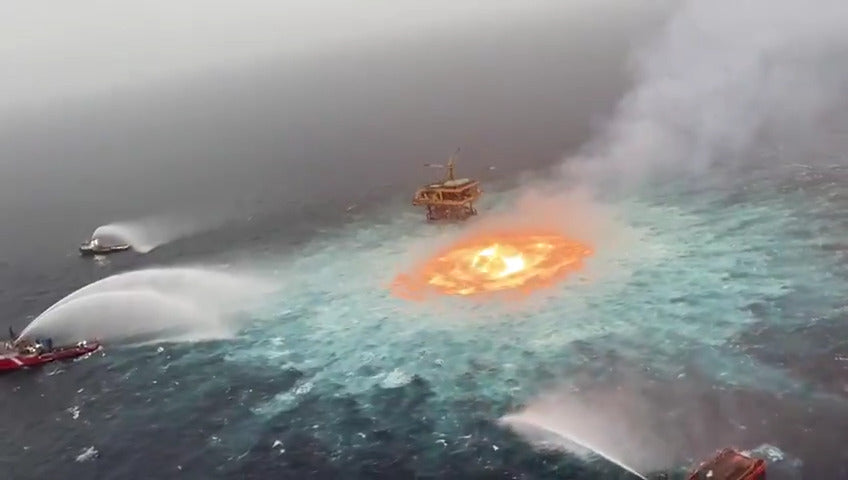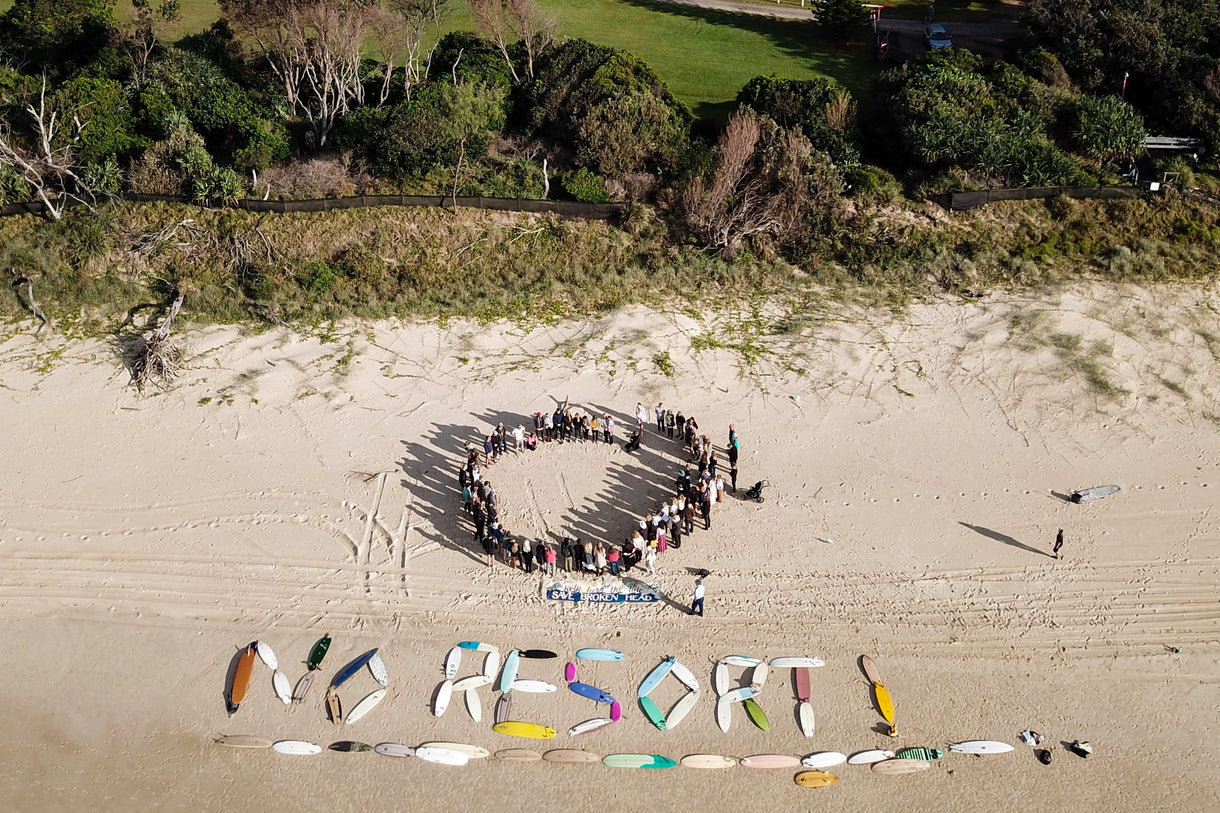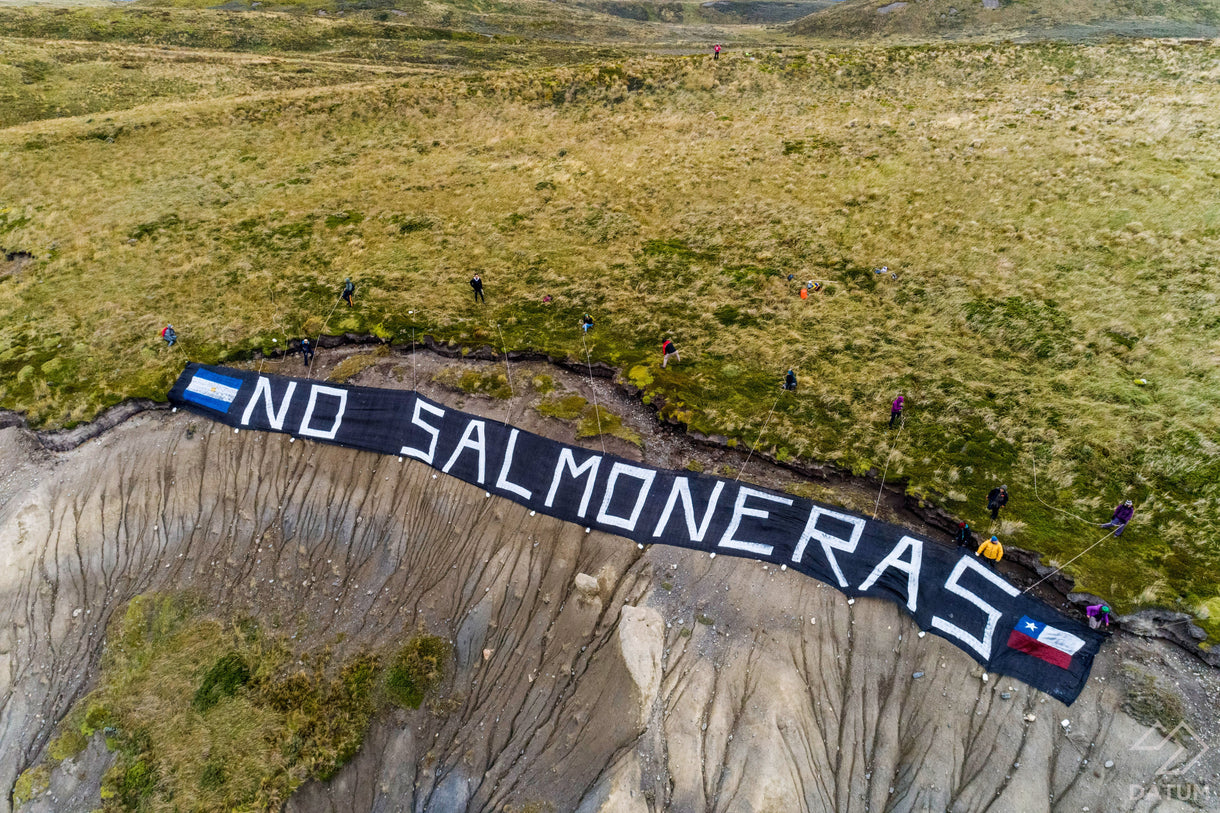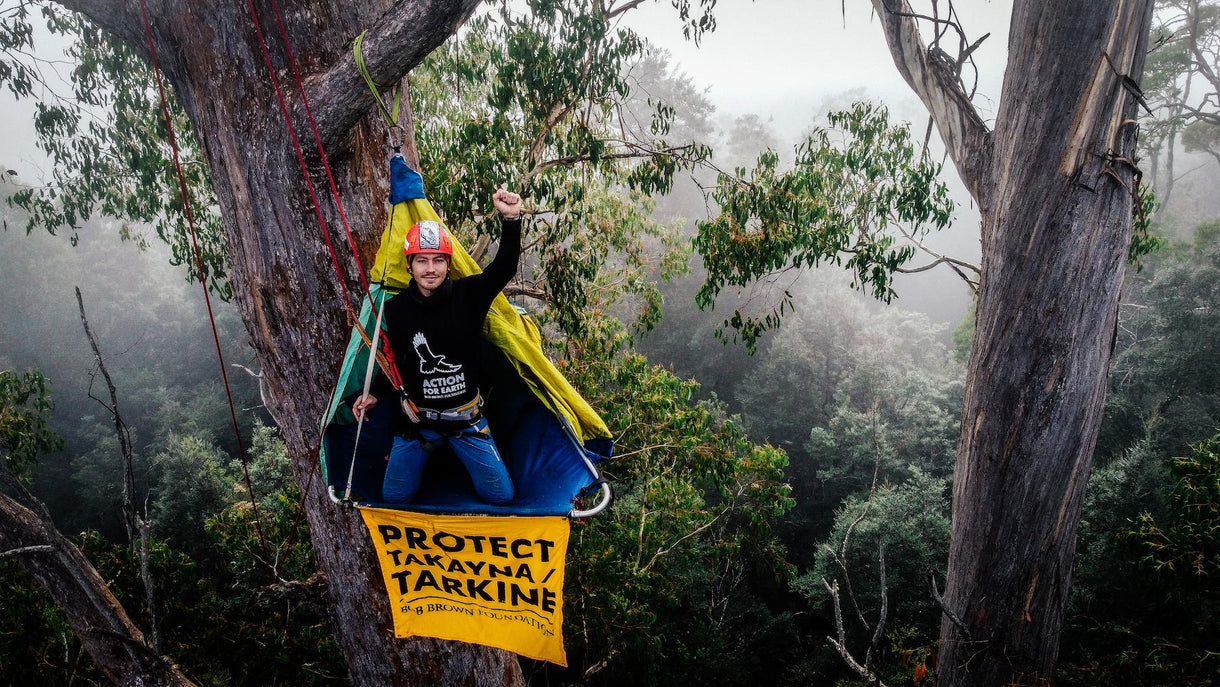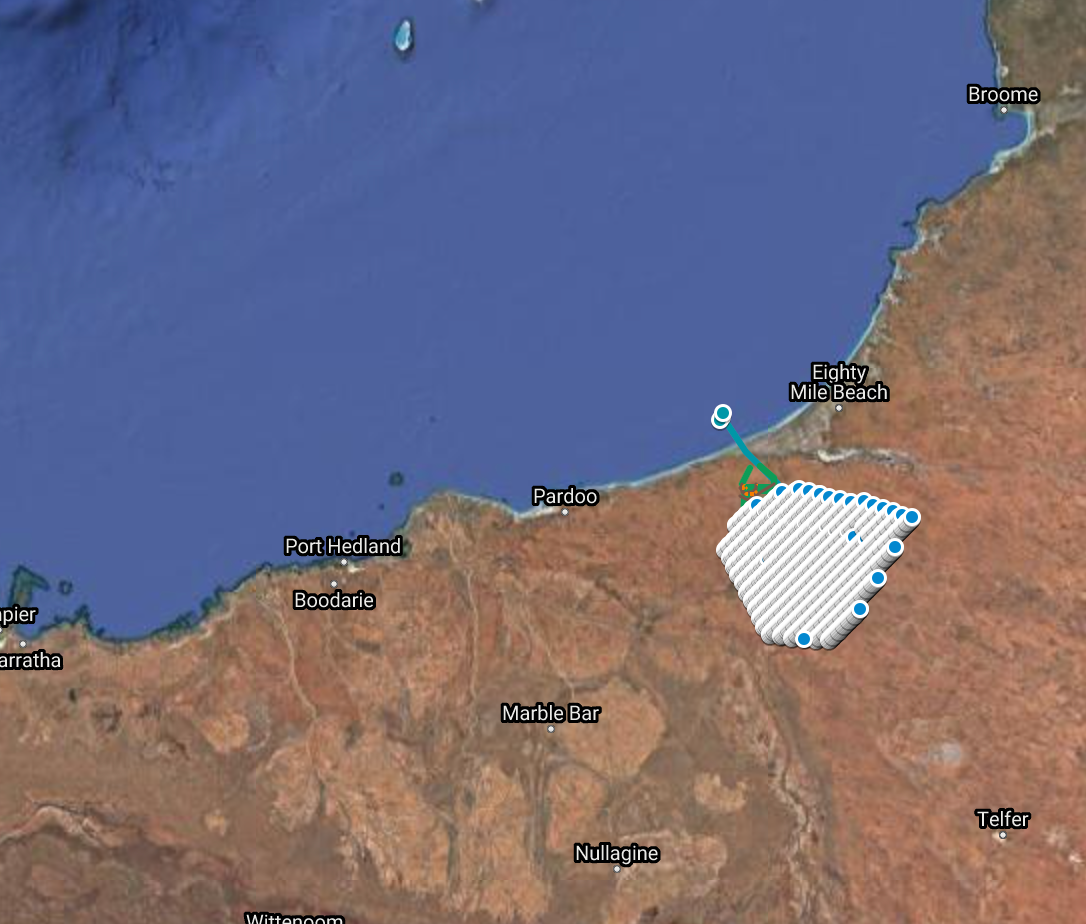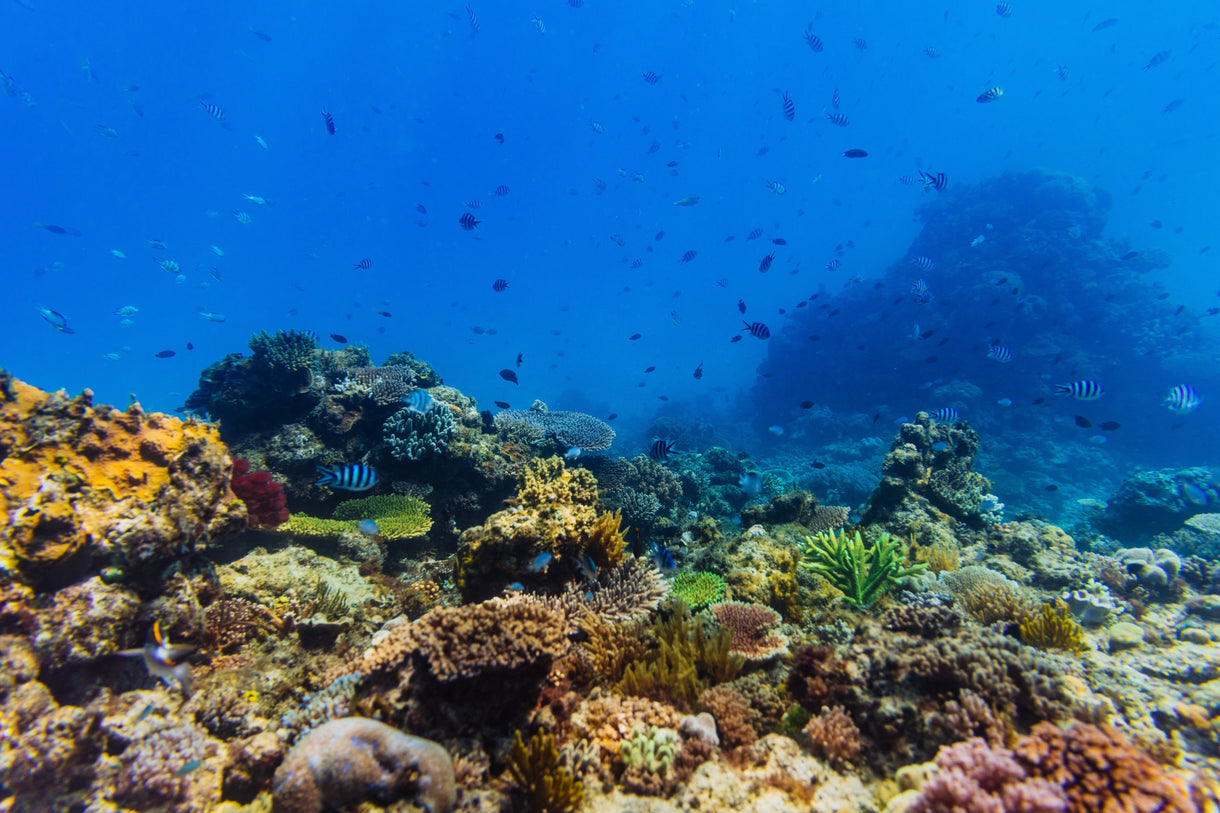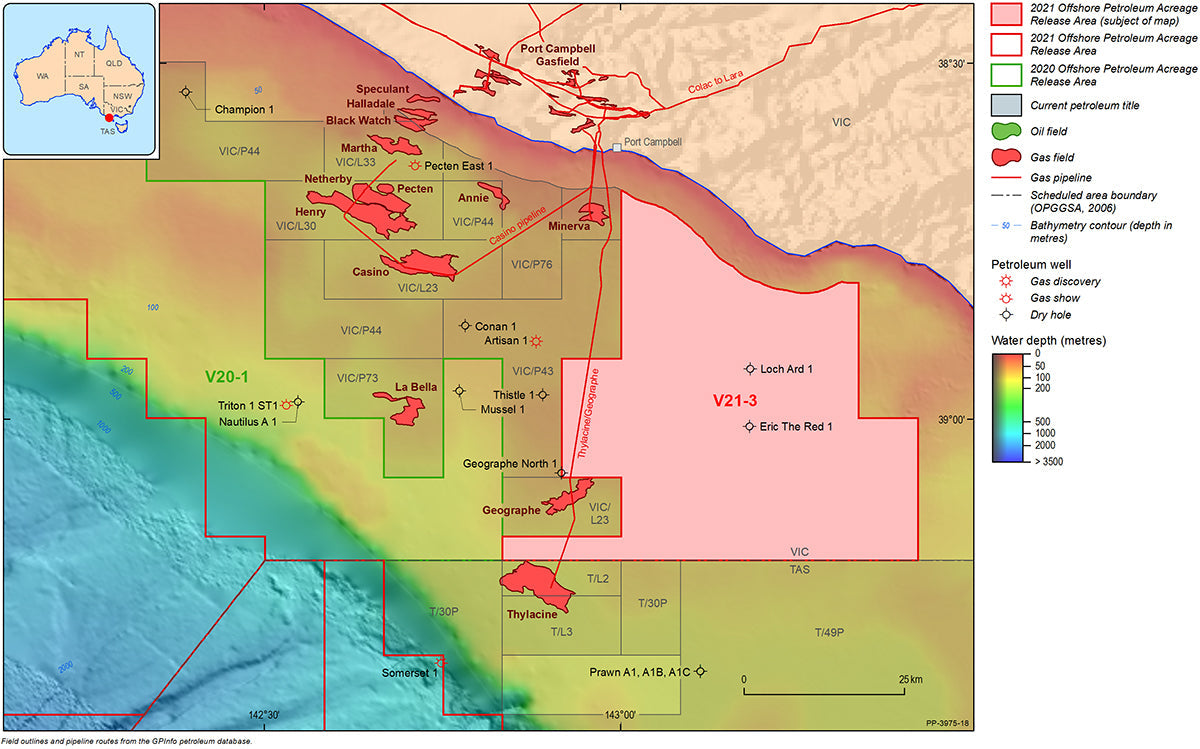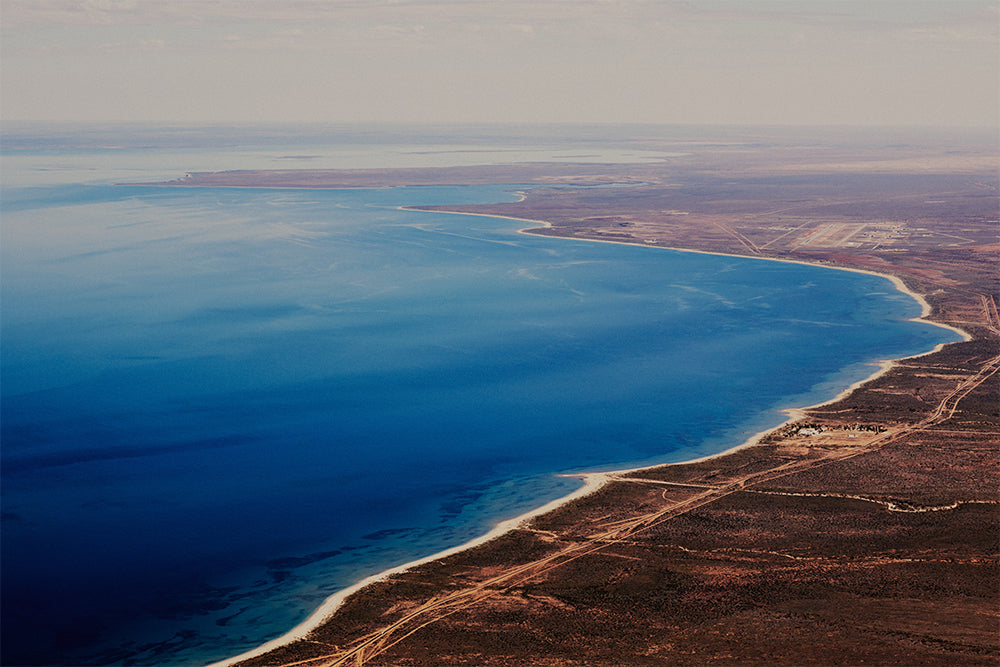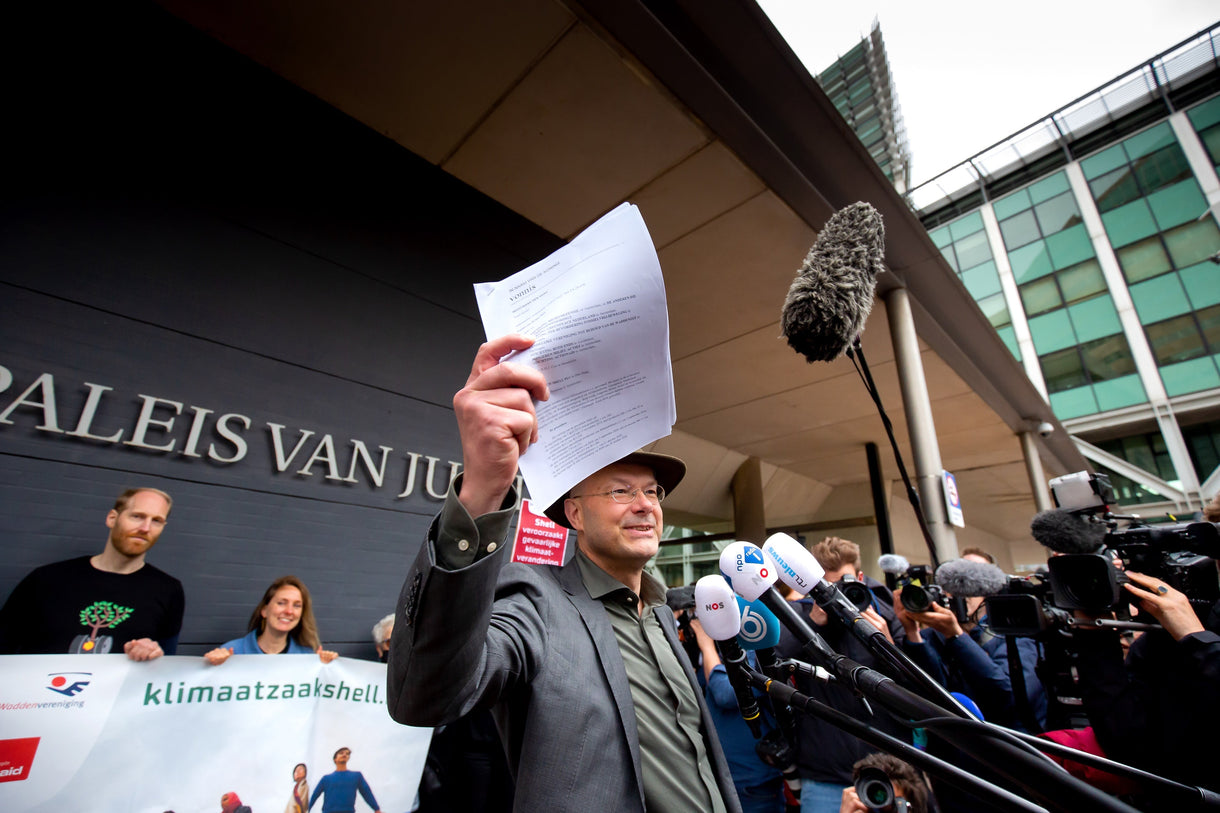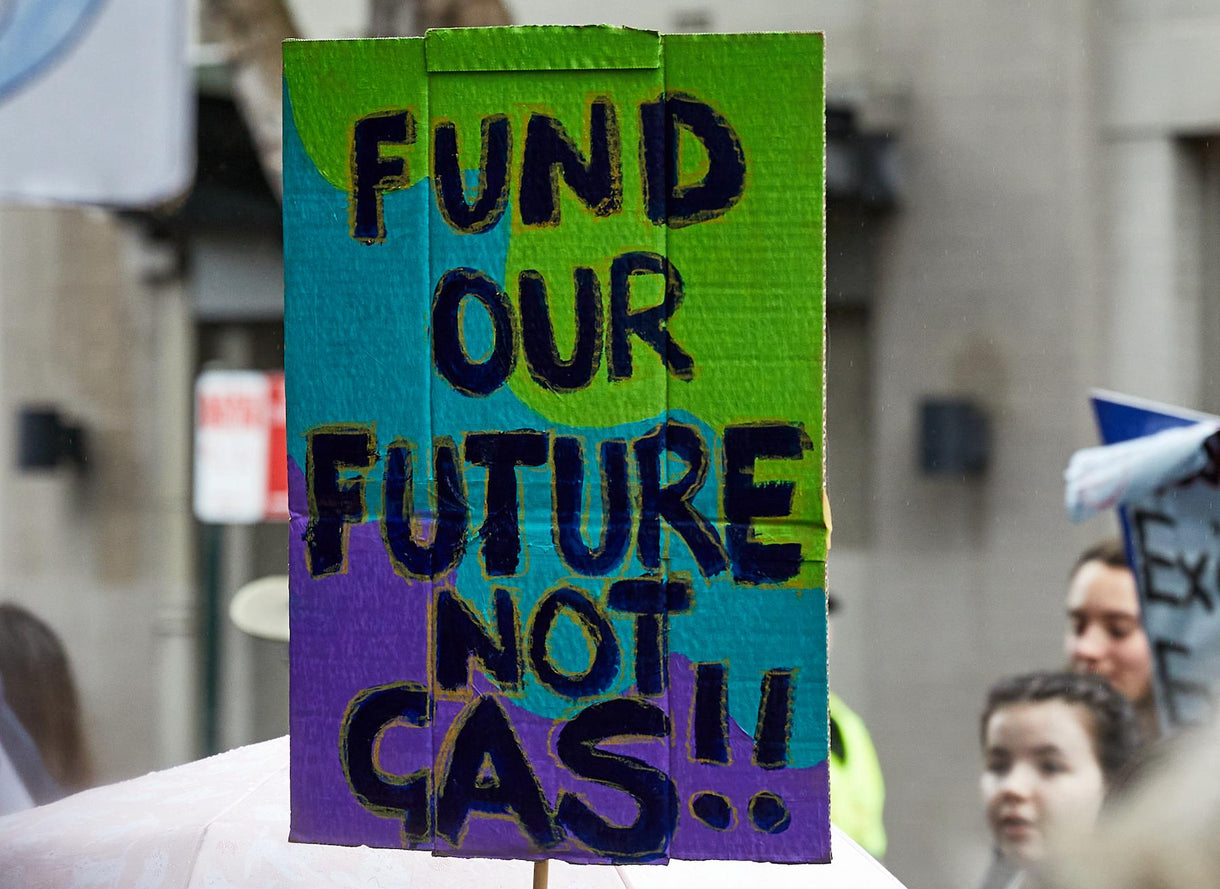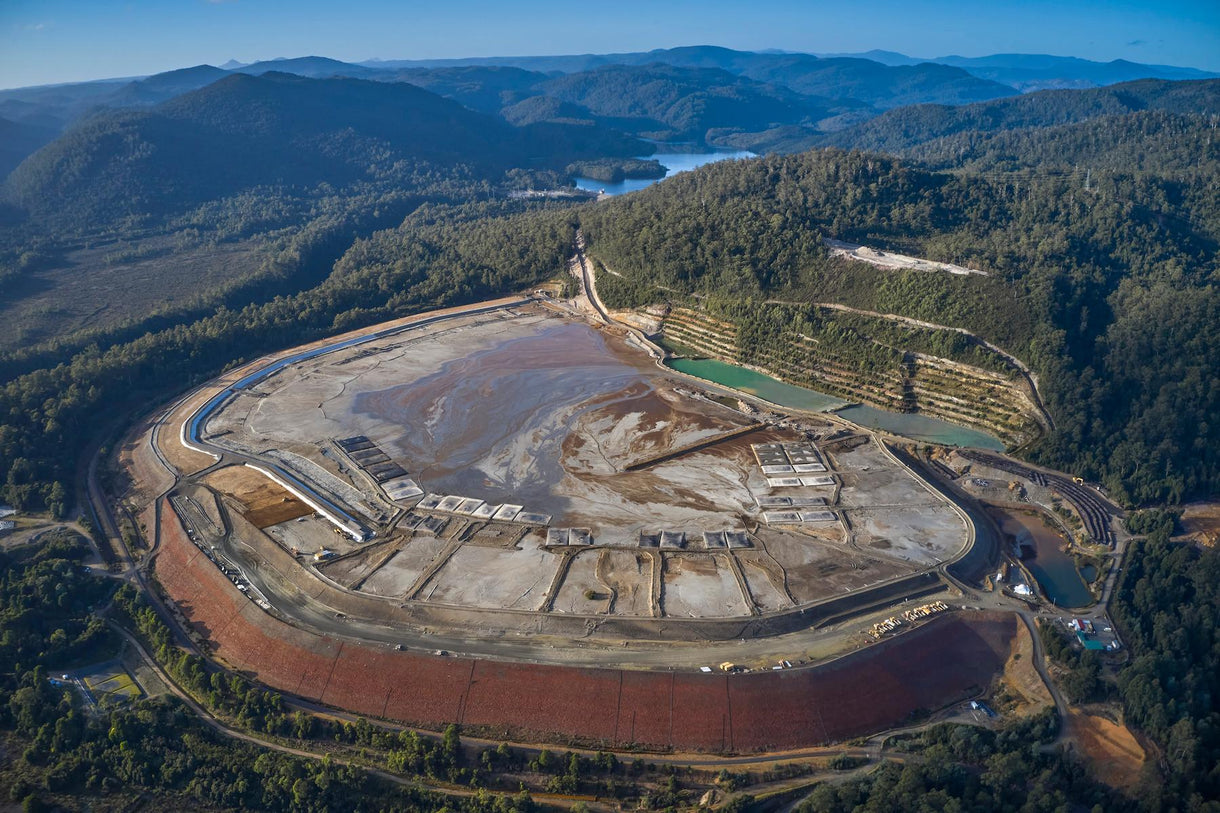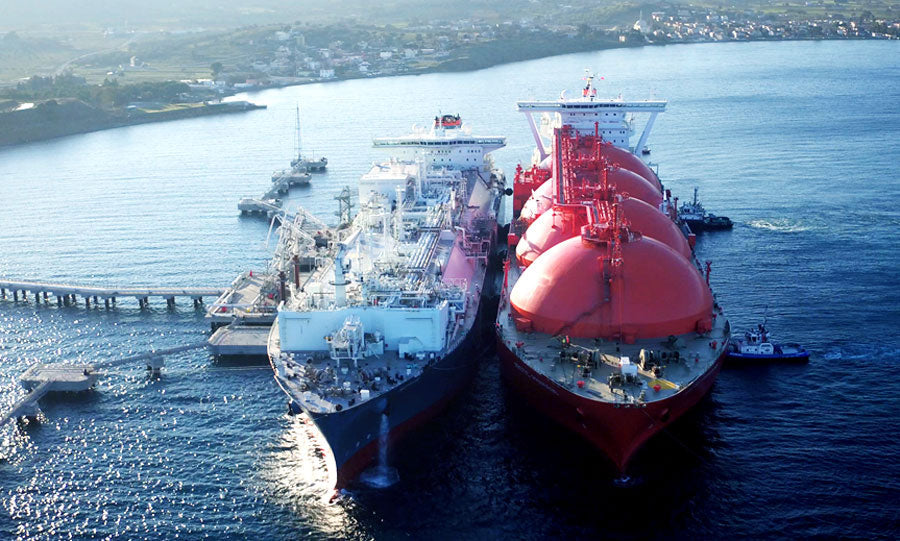In Australia there’s a truism that things are bigger in the West.
That’s certainly the case when it comes to the gas industry. The scale of gas development off the north-west coast of Western Australia dwarfs anything, anywhere else in the country. That also of course extends to the carbon pollution it produces.
Woodside’s proposed Scarborough LNG export project is a monster, even by standards in the west. Four-hundred-kilometres off the Pilbara coast, Scarborough would see between 7 and 9 high-rate, deep sea gas wells go into production. The gas would then be piped 430-kilometres onshore to Woodside’s existing Pluto LNG facility, ready for export.
A report prepared by the Conservation Council of Western Australia and the Australia Institute found the Scarborough project could result in more than 1.69 billion tons of carbon emissions released into the atmosphere over the lifetime of the project, including ‘Scope 3’ emissions produced when the final LNG product is burned. This would be the emissions equivalent of 15 coal-fired power stations, and more than Adani’s Carmichael coal mine in Queensland. The report also contends that the onshore processing of the gas at the Pluto facility on the Burrup Peninsula would also damage the nearby World Heritage Murujuga Aboriginal rock art.
“Gas development off the north-west coast of WA dwarfs anything, anywhere else in the country”
The project was only waiting on WA State approval of Woodside’s greenhouse gas abatement plan for the expanded Pluto facility, and that arrived last week. Western Australia’s Environment and Climate Action Minister, Amber-Jade Sanderson signed off on the plan that requires emissions from the plant to be reduced 30% by 2030, and for the plant to be net zero by 2050. These numbers, of course, are deceptive. When the project comes online, annual emissions will immediately double from 1.8 million tons to 3.6 million (as is standard procedure with emissions accounting on large fossil fuel projects, they don’t include Scope 3 emissions). If Scope 3 emissions were included, the total reduction in emissions at Pluto under the abatement plan are estimated to only be 2% by 2030.
“What's better than the promise of a low-carbon future?” says Woodside’s Scarborough webpage. “A plan to get there. We've set clear targets at Pluto, our world-class natural gas facility to put us on track to net zero emissions by 2050. This path to net zero includes the proposed development of the Scarborough gas resource to be mostly processed through an expanded Pluto LNG facility. Together, these developments are amongst the lowest-carbon LNG sources delivering to North Asia globally.” The gas industry, like most of the fossil fuel industry, continues to believe they can somehow develop their way to net zero.
An investment decision on the Scarborough project will be made in the second half of this year, and Woodside are expecting the first LNG shipments to head out in 2026.
Banner image: Off the Ningaloo Coast, World Heritage area, south of the Scarborough zone. Photo: Chris Gurney.

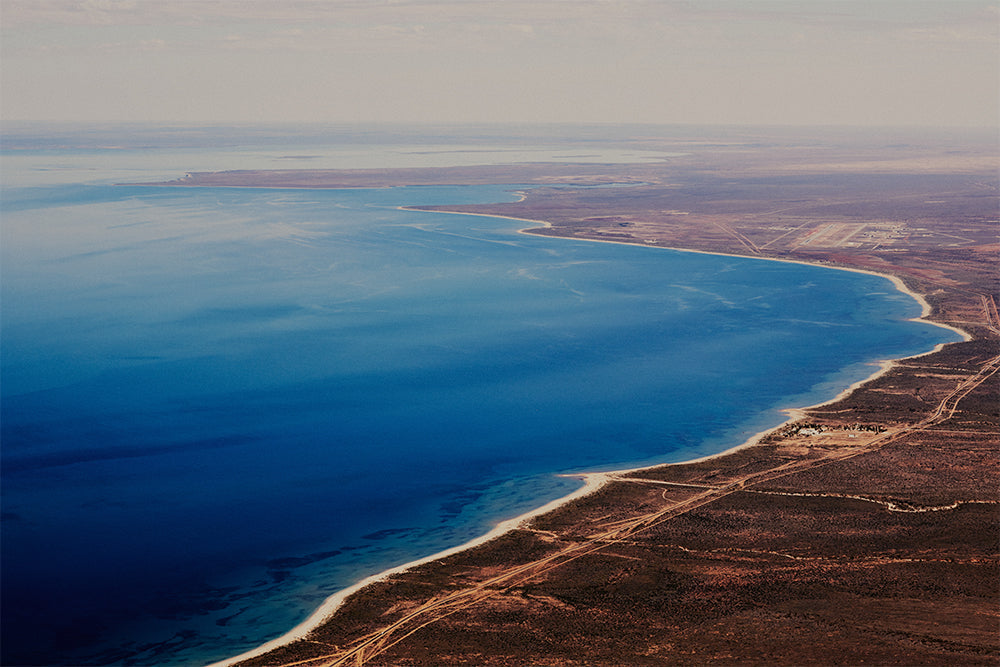





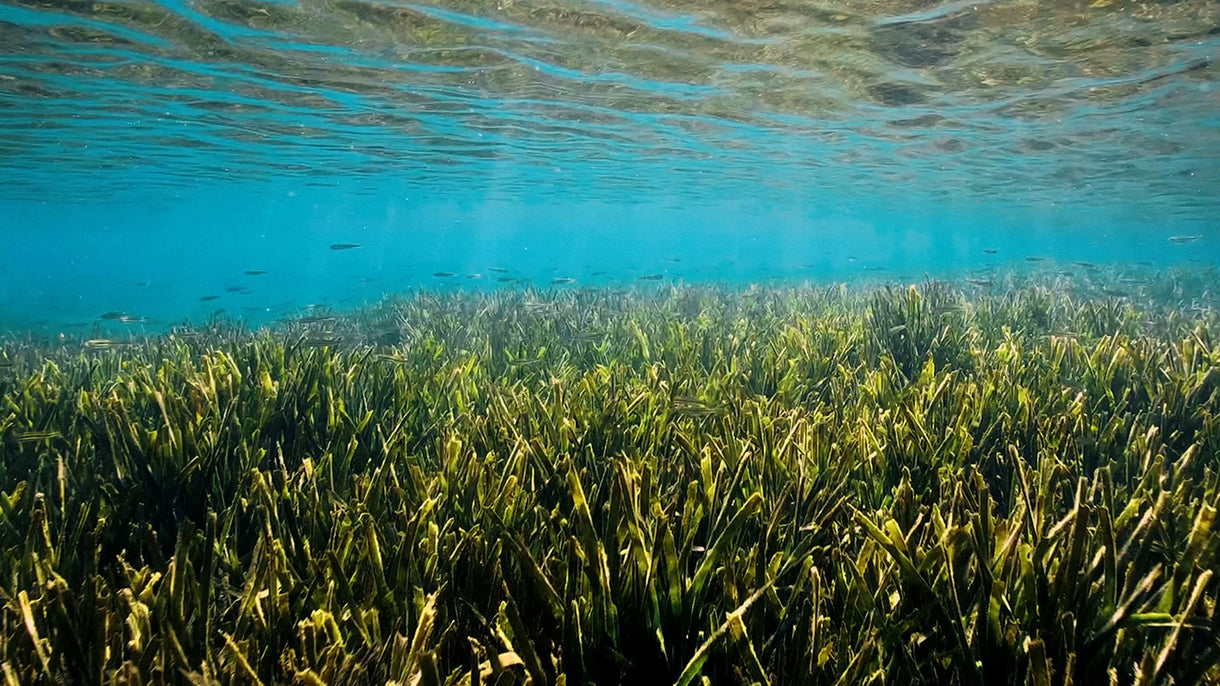


























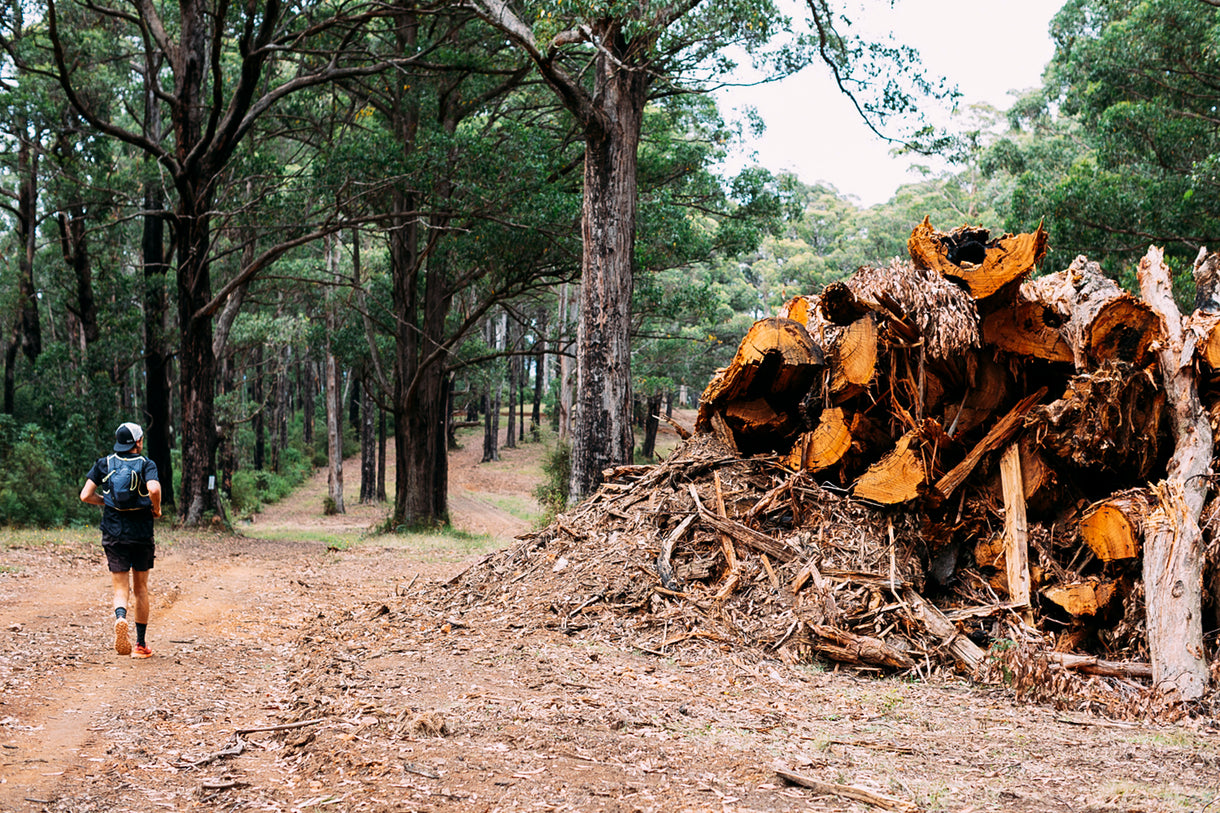




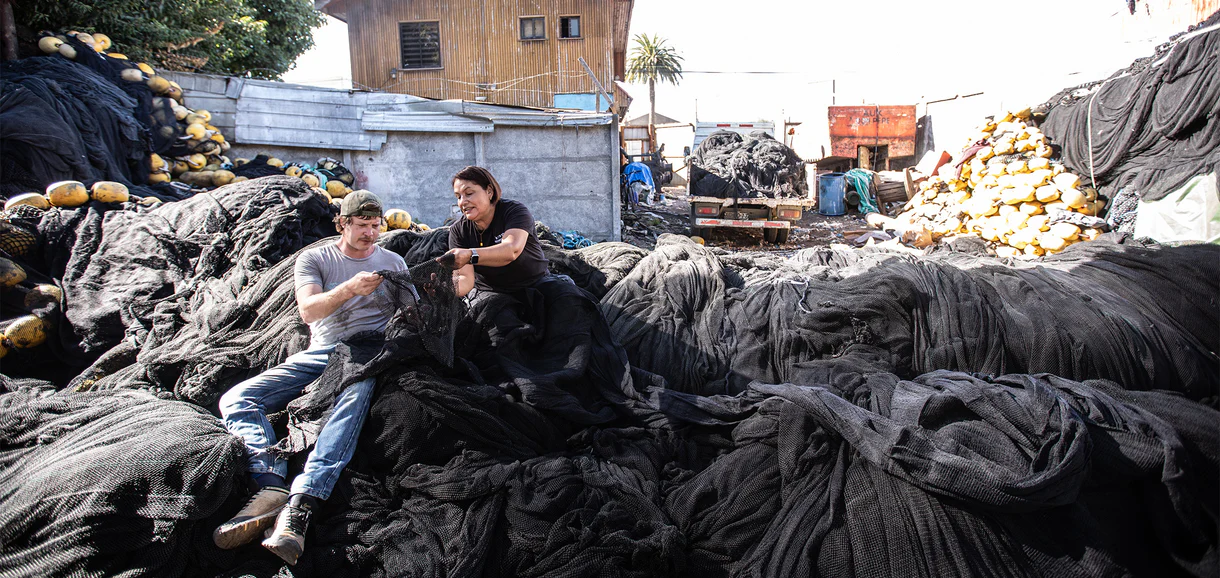













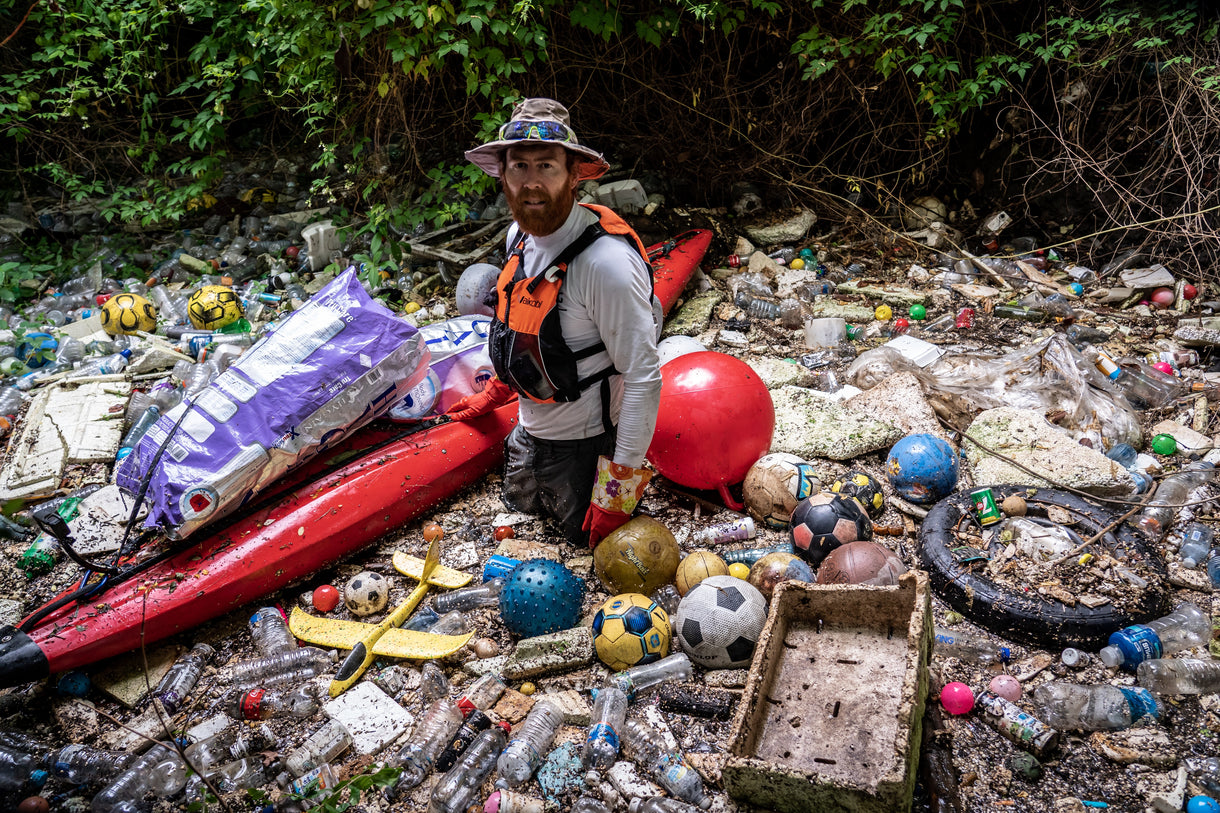

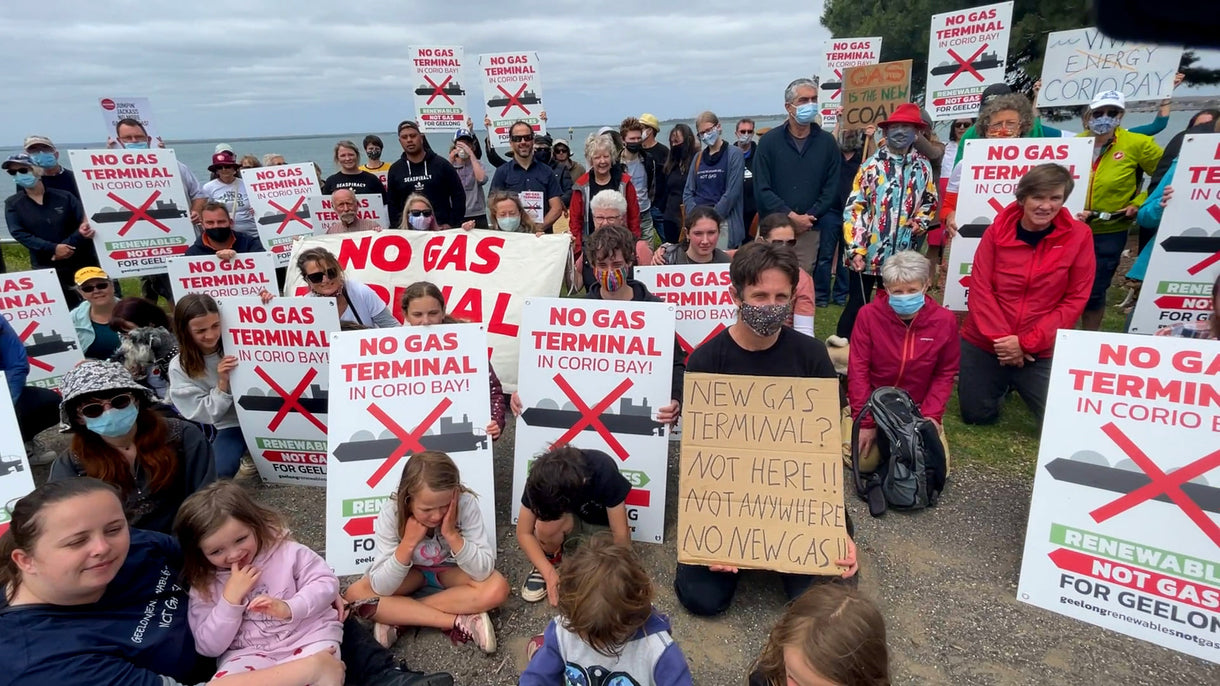
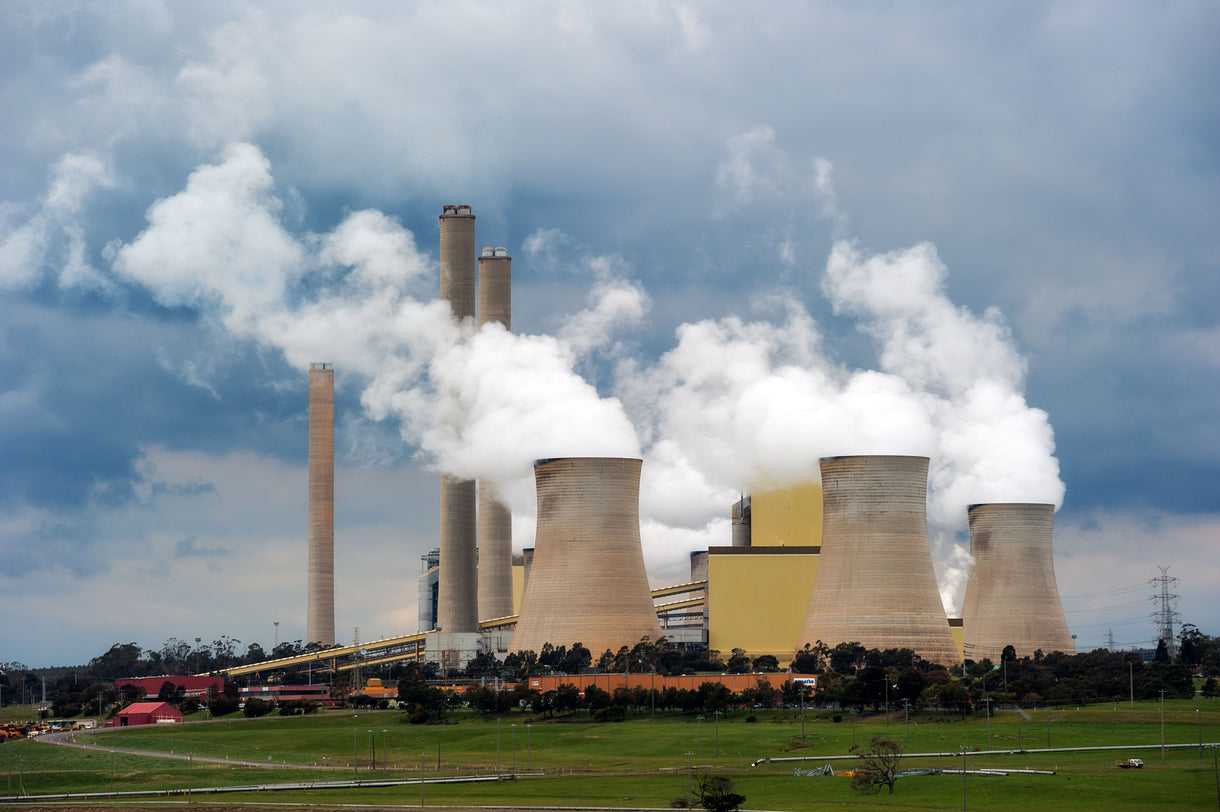

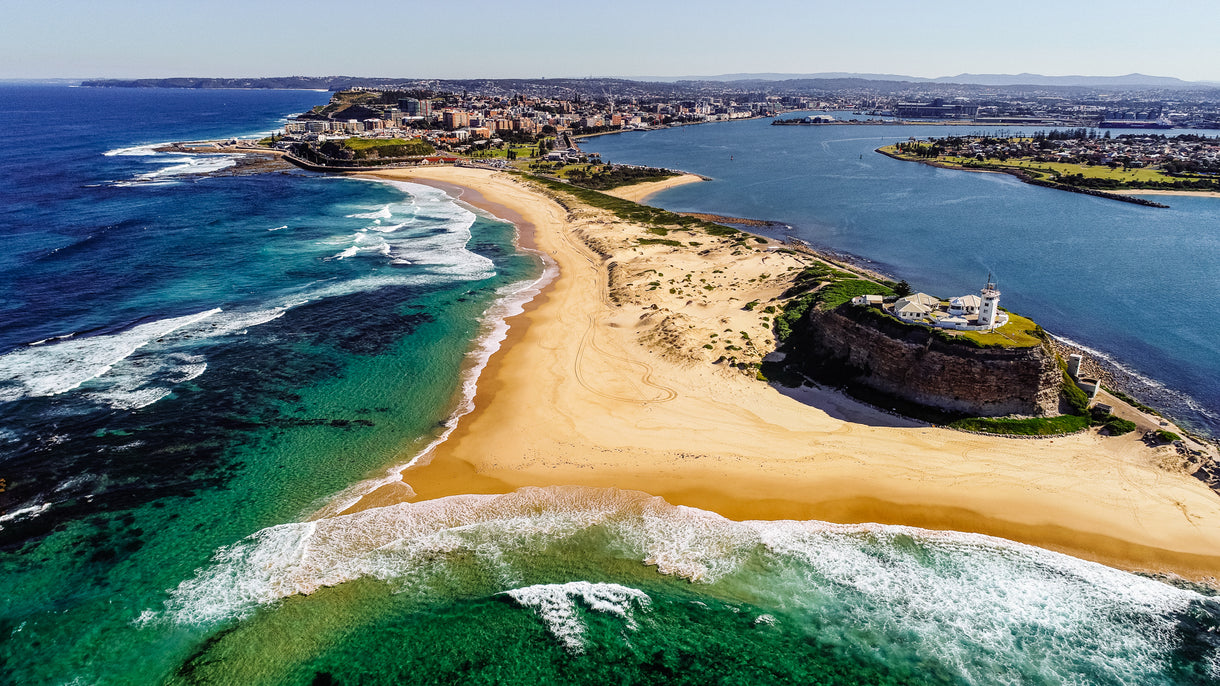

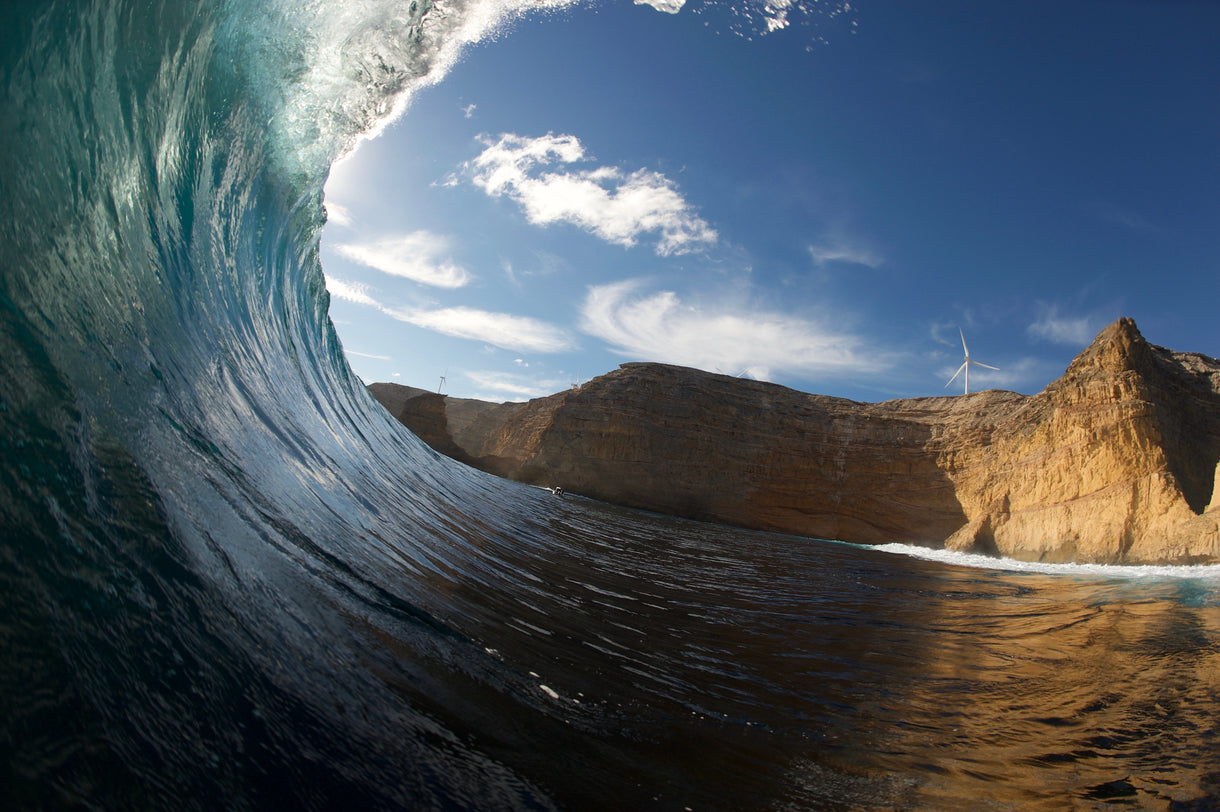

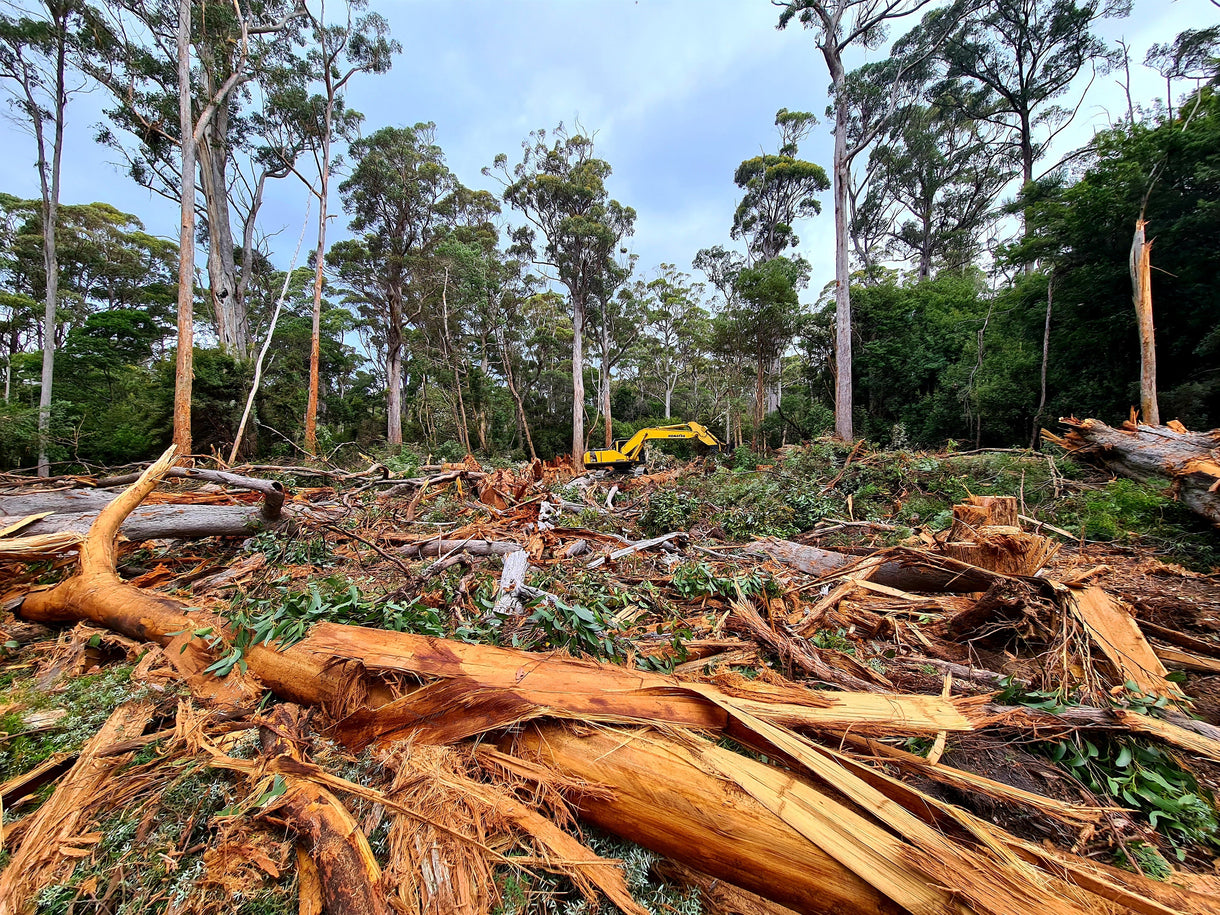
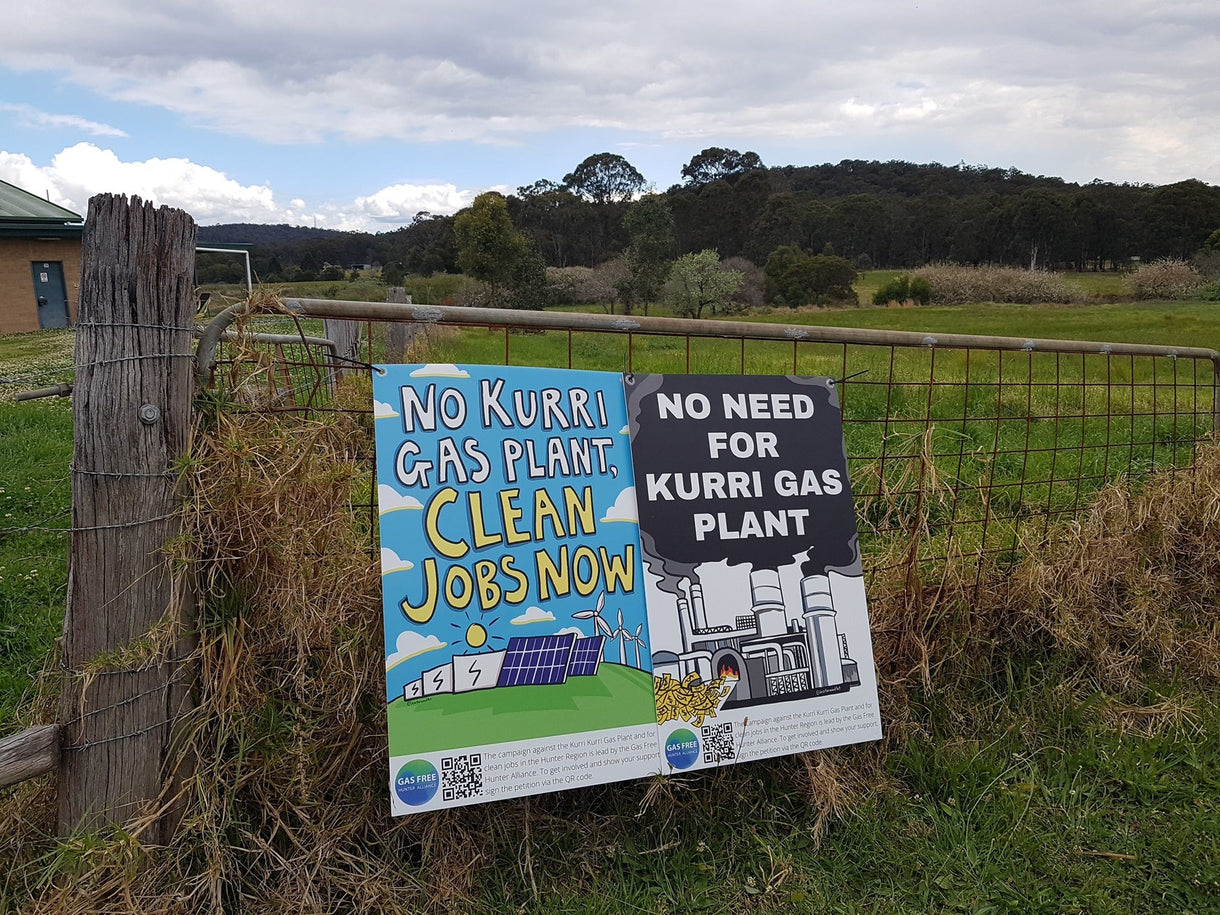

![Today was a huge victory for coastal communities between Sydney and Newcastle. [Front] Damien Cole, Belinda Baggs, Drew McPherson and Asha Niddrie. Photo Zoe Strapp](http://www.patagonia.com.au/cdn/shop/articles/strapp_z_AUS_000142_b147f38f-4f28-4e66-a3ea-89fccd422484_1220x.jpg?v=1650419749)




